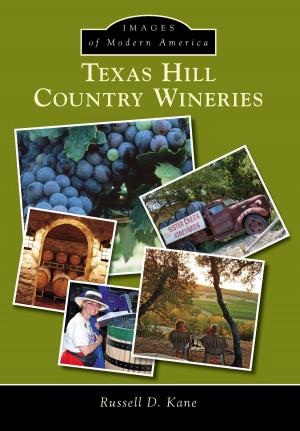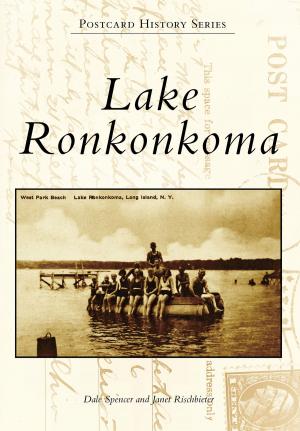Lava Beds National Monument
Nonfiction, Art & Architecture, Photography, Pictorials, Travel, History, United States, West| Author: | Lee Juillerat | ISBN: | 9781439653173 |
| Publisher: | Arcadia Publishing Inc. | Publication: | September 14, 2015 |
| Imprint: | Arcadia Publishing | Language: | English |
| Author: | Lee Juillerat |
| ISBN: | 9781439653173 |
| Publisher: | Arcadia Publishing Inc. |
| Publication: | September 14, 2015 |
| Imprint: | Arcadia Publishing |
| Language: | English |
The region in far northeastern California encompassed by Lava Beds National Monument is often called the "Land of Burnt Out Fires." The name reflects a landscape created by fiery volcanic forces, including cataclysmic events that created more than 700 lava tube caves and an aboveground landscape shaped and fractured by lava flows and other geologic turmoil. Despite its tortured landscape, the region has also been a place of human habitation for thousands of years. Early natives traveled through the lava beds as part of their seasonal travels for food and shelter. The Modoc Indians' knowledge of that landscape, a natural lava fortress now known as Captain Jack's Stronghold, was used during the Modoc War of 1872 and 1873. Modocs, settlers, and others who followed--sheep ranchers, homesteaders, cave discoverers, tourists, spelunkers, and US Forest Service and National Park Service managers--have played prominent roles in creating the region's, and Lava Beds National Monument's, always evolving human history.
The region in far northeastern California encompassed by Lava Beds National Monument is often called the "Land of Burnt Out Fires." The name reflects a landscape created by fiery volcanic forces, including cataclysmic events that created more than 700 lava tube caves and an aboveground landscape shaped and fractured by lava flows and other geologic turmoil. Despite its tortured landscape, the region has also been a place of human habitation for thousands of years. Early natives traveled through the lava beds as part of their seasonal travels for food and shelter. The Modoc Indians' knowledge of that landscape, a natural lava fortress now known as Captain Jack's Stronghold, was used during the Modoc War of 1872 and 1873. Modocs, settlers, and others who followed--sheep ranchers, homesteaders, cave discoverers, tourists, spelunkers, and US Forest Service and National Park Service managers--have played prominent roles in creating the region's, and Lava Beds National Monument's, always evolving human history.















